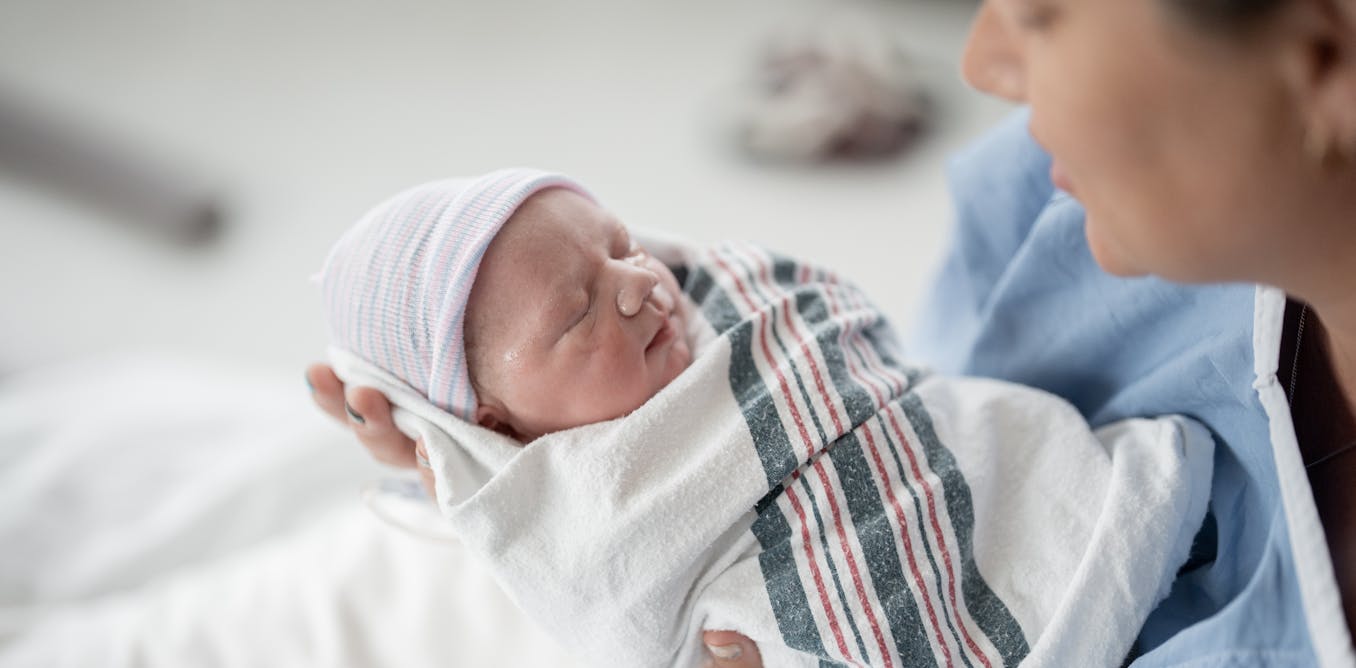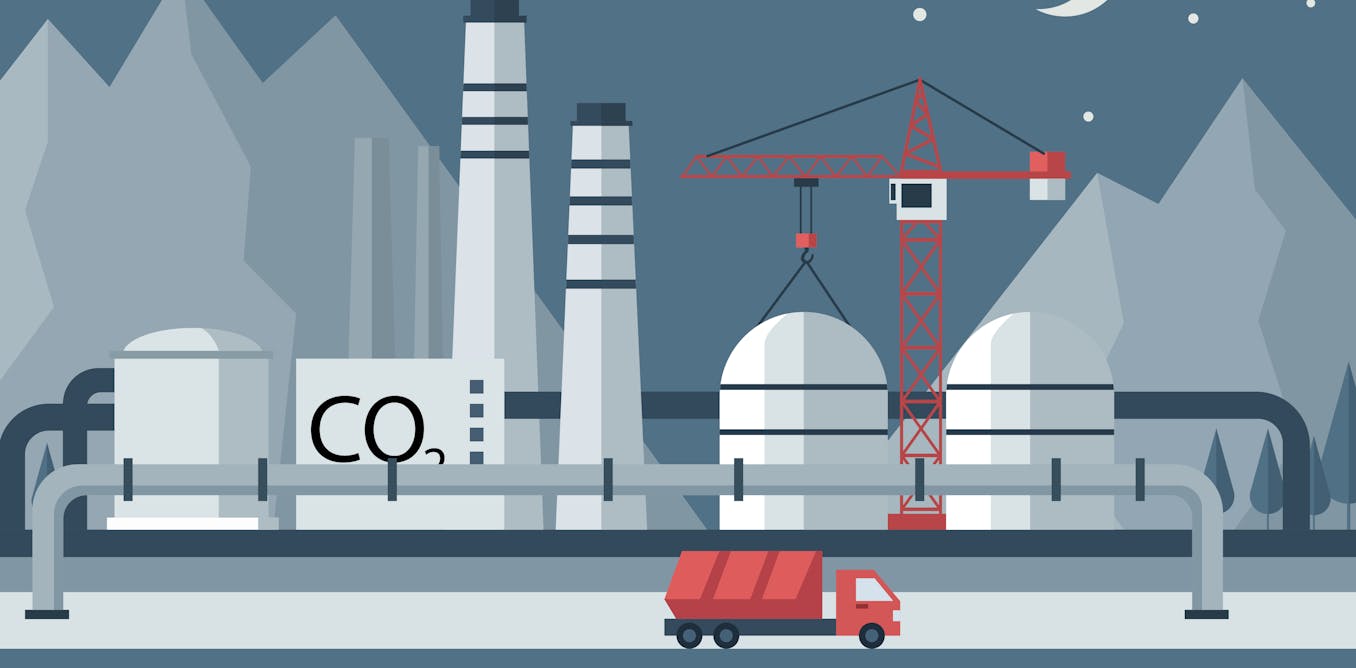For years, Nvidia has dominated many machine learning benchmarks, and now there are two more notches in its belt.
MLPerf, the AI benchmarking suite sometimes called “the Olympics of machine learning,” has released a new set of training tests to help make more and better apples-to-apples comparisons between competing computer systems. One of MLPerf’s new tests concerns fine-tuning of large language models, a process that takes an existing trained model and trains it a bit more with specialized knowledge to make it fit for a particular purpose. The other is for graph neural networks, a type of machine learning behind some literature databases, fraud detection in financial systems, and social networks.
Even with the additions and the participation of computers using Google’s and Intel’s AI accelerators, systems powered by Nvidia’s Hopper architecture dominated the results once again. One system that included 11,616 Nvidia H100 GPUs—the largest collection yet—topped each of the nine benchmarks, setting records in five of them (including the two new benchmarks).
“If you just throw hardware at the problem, it’s not a given that you’re going to improve.” —Dave Salvator, Nvidia
The 11,616-H100 system is “the biggest we’ve ever done,” says Dave Salvator, director of accelerated computing products at Nvidia. It smashed through the GPT-3 training trial in less than 3.5 minutes. A 512-GPU system, for comparison, took about 51 minutes. (Note that the GPT-3 task is not a full training, which could take weeks and cost millions of dollars. Instead, the computers train on a representative portion of the data, at an agreed-upon point well before completion.)
Compared to Nvidia’s largest entrant on GPT-3 last year, a 3,584 H100 computer, the 3.5-minute result represents a 3.2-fold improvement. You might expect that just from the difference in the size of these systems, but in AI computing that isn’t always the case, explains Salvator. “If you just throw hardware at the problem, it’s not a given that you’re going to improve,” he says.
“We are getting essentially linear scaling,” says Salvator. By that he means that twice as many GPUs lead to a halved training time. “[That] represents a great achievement from our engineering teams,” he adds.
Competitors are also getting closer to linear scaling. This round Intel deployed a system using 1,024 GPUs that performed the GPT-3 task in 67 minutes versus a computer one-fourth the size that took 224 minutes six months ago. Google’s largest GPT-3 entry used 12-times the number of TPU v5p accelerators as its smallest entry and performed its task nine times as fast.
Linear scaling is going to be particularly important for upcoming “AI factories” housing 100,000 GPUs or more, Salvator says. He says to expect one such data center to come online this year, and another, using Nvidia’s next architecture, Blackwell, to startup in 2025.
Nvidia’s streak…
Read full article: Nvidia Conquers Latest AI Tests

The post “Nvidia Conquers Latest AI Tests” by Samuel K. Moore was published on 06/12/2024 by spectrum.ieee.org


































